Introduction to the differences in the treatment of Red Honey, Yellow Honey and Black Honey in La La Haas Manor, Costa Rica

Professional coffee knowledge exchange more coffee bean information please follow the coffee workshop (Wechat official account cafe_style)
Cup test 94 points treatment of red honey in La Lajas Manor, Costa Rica
(Costa Rica Finca Las Lajas Red Honey)
Flavor features: mango, dried fruit, coffee fruit, honey, high sweetness, smooth taste.
Cup test score: 94 points
Sent by: Red Rooster Coffee Roaster
Name of cup test: Costa Rica Las Lajas Red Honey
Location: Floyd, Virginia
Origin: Sabanilla de Alajuela growing region, Costa Rica
Roast: Medium-Light
Review Date: January 2016
Agtron: 53/77
Aroma: 9
Acidity: 8
Body: 9
Flavor: 9
Aftertaste: 9
Producing areas: central Valley producing area (Central Valley) Sabanilla de Alajuela
Manor: Ras Lajas Manor (Finca Las Lajas)
Variety: Caturra & Catuai
Grade: SHB micro-batch
Treatment: red honey treatment
Harvest time: NumberA
Certification: NCMA
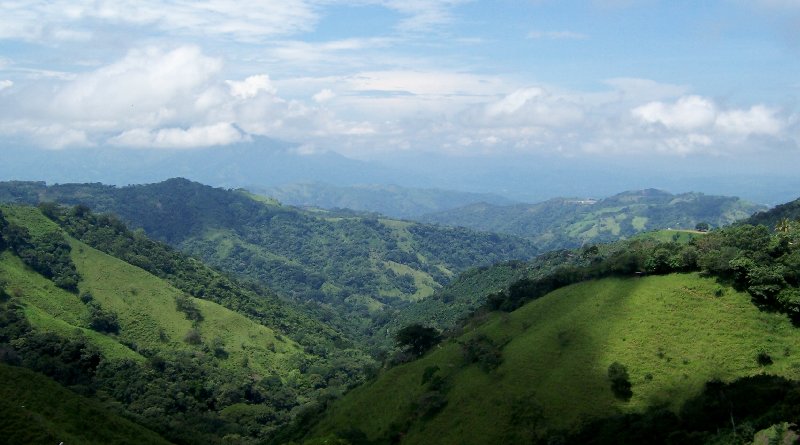
Among the exquisite sun and honey treatments currently popular in Costa Rica, La Lajas Manor is one of the first estates to begin systematic research and treatment. In 2009, its founder used honey to treat beans, participated in the COE Excellence Cup competition, and was one of the first experts to use honey treatment technology.
Finca Las Lajas, which has been a favorite coffee farm for global buyers for many years, is now run by third-generation owner Dona Francisca Cubillo and his wife Don Oscar Chacon, and is located in the Central Valley region (Central Valley), not far from the capital, close to the Poas Volcano volcano, with an annual output of about 55200 kilograms.
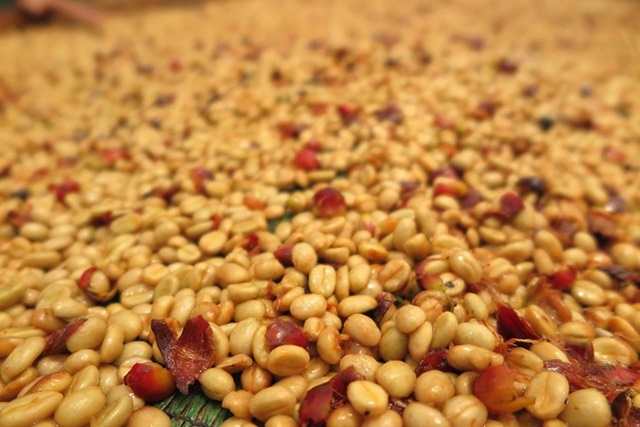
La Slajas Manor is located in the central valley in the foothills of the Po á s de Alajuela volcano. It has been in operation for more than 80 years. The annual production season of La Lajas Manor is from December to February. Many years ago, Francesca, the owner of the manor, had been hoping to improve the flavor of coffee in the manor. At that time, the vast majority of coffee farmers in Costa Rica generally used traditional washing to meet the needs of the United States and European markets. So the landowner began to study and improve many of the equipment in the manor to better meet the needs of sun and honey coffee processing. During the harvest stage, the owner of the farm used the sweetness detector (BRIX) to screen the red fruits of coffee that reached the standard, with a sweetness of 21-22% brix content. At the same time, set up its own washing treatment station for coffee treatment, and finally put it on the African scaffolding for follow-up exposure.
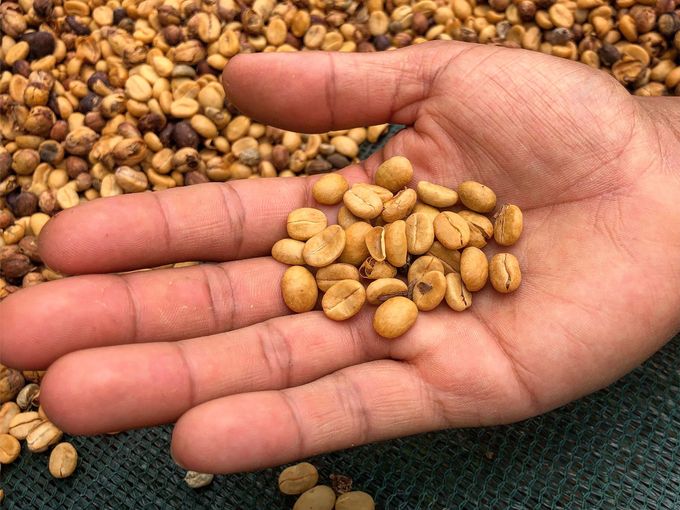
In the coffee prepared at La Lajas Manor, the owner of the manor divides the honey-treated and sun-dried coffee into a variety of different items according to the flavor of the coffee. Costa Rican farmers mostly use the peel machine at the washing station to control the amount of flesh retained to determine the raw beans treated with yellow, red and black honey. But the La Lajas estate uses another way, that is, to retain the highest percentage of peeled pulp, and to control the time of exposure and turning on the African scaffolding to show a different coffee flavor. In the honey treatment, the manor divides the coffee into yellow honey, red honey and black honey.
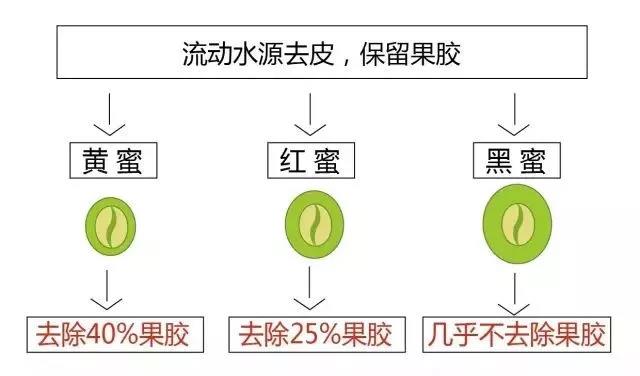
Yellow honey treatment: retain 100% pulp and place it on an African scaffolding in the early morning and turn it once an hour.
Red honey treatment: retain 100% pulp and place it on an African scaffolding in the early morning and turn it several times a day.
Black honey treatment: retain 100% pulp and place it on an African scaffolding in the morning and turn it once a day.
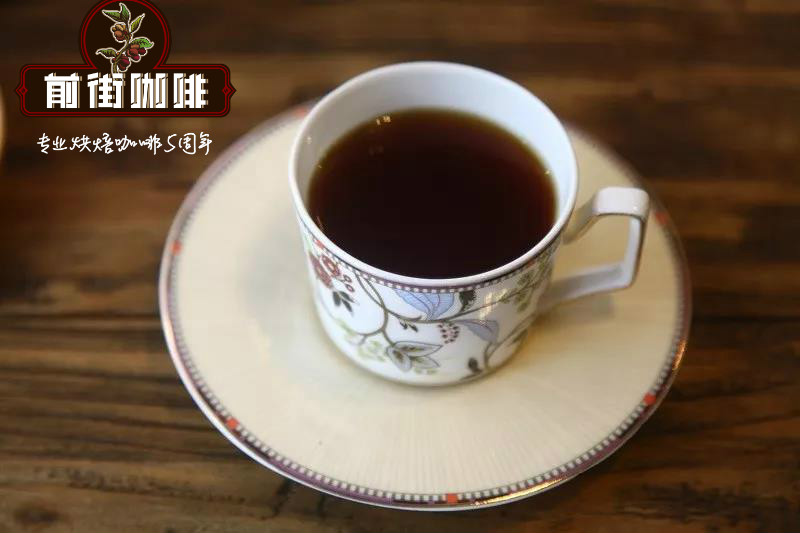
The landowner insists on picking only ripe and red fruits, and most of them use honey treatment and sun exposure to enhance the sweetness of the coffee, and at the same time, it is placed in the African scaffolding sun field to ensure that the coffee can receive the sun evenly to avoid excessive fermentation. At the same time, the manor has also actively obtained international organic certification, which has been certified by USDA of the United States, AS of Japan and NOP of Japan.
Important Notice :
前街咖啡 FrontStreet Coffee has moved to new addredd:
FrontStreet Coffee Address: 315,Donghua East Road,GuangZhou
Tel:020 38364473
- Prev
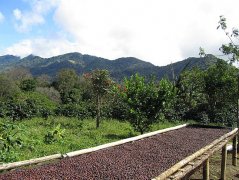
Introduction of Solar (Villalobos) varieties in Salaka Manor of Costa Rica Breeze treatment Plant
For the exchange of professional baristas, please follow the coffee workshop (official Wechat account cafe_style) Product name: Costa Rican breeze processing plant Salaca Manor Solar (Villalobos species) (Costa Rica West Valley Monte Brisas Salaca Villalobos Natural) production area: producers of West Valley (Zarcero) in the West Valley.
- Next
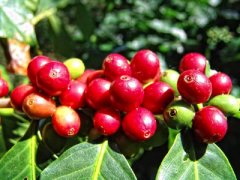
Costa Rica Las Lajas Estate Black Honey Treatment Exposure and Turnover Frequency Create Unique Flavors
Professional barista communication, please pay attention to coffee workshop (Weixin Official Accounts cafe_style) Name: Costa Rica Finca Las Lajas Black Honey (fruit wine flavor) Flavor description: pineapple dried, fruit wine, brown sugar, sweet feeling lasting fullness, Body thick Production area: Central Vall
Related
- Detailed explanation of Jadeite planting Land in Panamanian Jadeite Manor introduction to the grading system of Jadeite competitive bidding, Red bid, Green bid and Rose Summer
- Story of Coffee planting in Brenka region of Costa Rica Stonehenge Manor anaerobic heavy honey treatment of flavor mouth
- What's on the barrel of Blue Mountain Coffee beans?
- Can American coffee also pull flowers? How to use hot American style to pull out a good-looking pattern?
- Can you make a cold extract with coffee beans? What is the right proportion for cold-extracted coffee formula?
- Indonesian PWN Gold Mandrine Coffee Origin Features Flavor How to Chong? Mandolin coffee is American.
- A brief introduction to the flavor characteristics of Brazilian yellow bourbon coffee beans
- What is the effect of different water quality on the flavor of cold-extracted coffee? What kind of water is best for brewing coffee?
- Why do you think of Rose Summer whenever you mention Panamanian coffee?
- Introduction to the characteristics of authentic blue mountain coffee bean producing areas? What is the CIB Coffee Authority in Jamaica?

